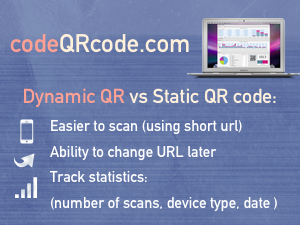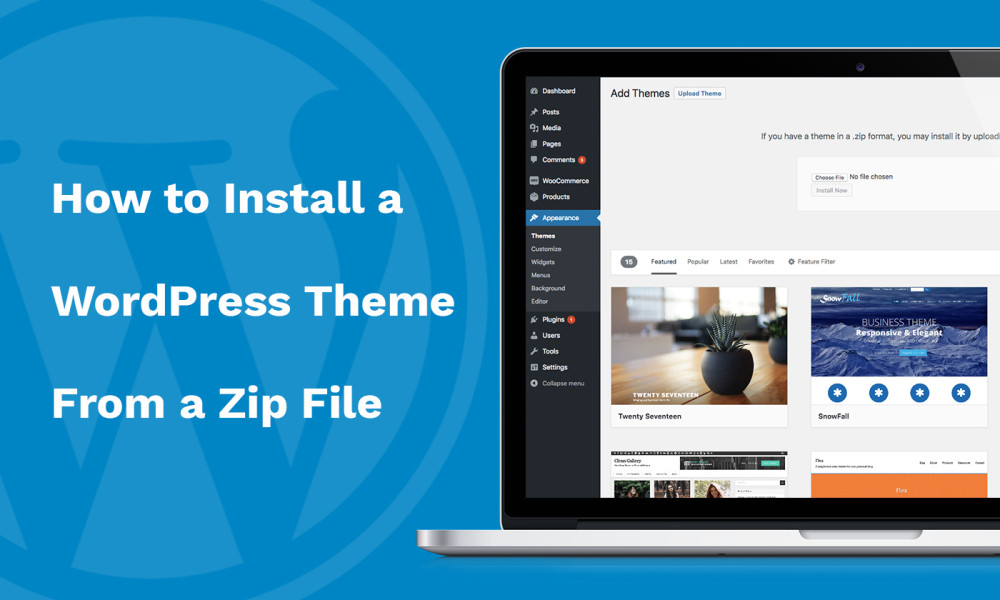hr-management-lite – wordpress plugin

For backwards compatibility, if this section is missing, the length of the description will be used, and. Requires at least is the version that the plugin will work on.. Stable tag should indicate Subversion tag of the latest version, or trunk, if you use trunk for stable.. Note that the readme txt of the stable tag is the one that is considered the defining one for the plugin, so if the trunk readme txt file says that the stable tag is 4.3, then it's tags 4.3 readme txt that'll be used for displaying information about the plugin. In this situation, the only thing considered from the trunk readme txt is the stable tag pointer. Thus, if you develop trunk, you can update the trunk readme txt to reflect changes in your in-development version, without having that information disclosed about the current stable version that lacks those changes — as long as the trunk's readme txt points to the correct stable tag.. If no stable tag is provided, it's assumed that trunk is stable, but you should specify trunk if that's where you put the version, order to eliminate any doubt... Upload the plugin files to the wp-content plugins plugin-name directory, or install the plugin through the WordPress plugins screen directly.. Use Settings->Plugin Name screen to configure the plugin ( Make your instructions match the user flow for activating and installing your plugin. Interested in development.., check out SVN repository, or subscribe to the development log by RSS... Read more
Report
Related items:















